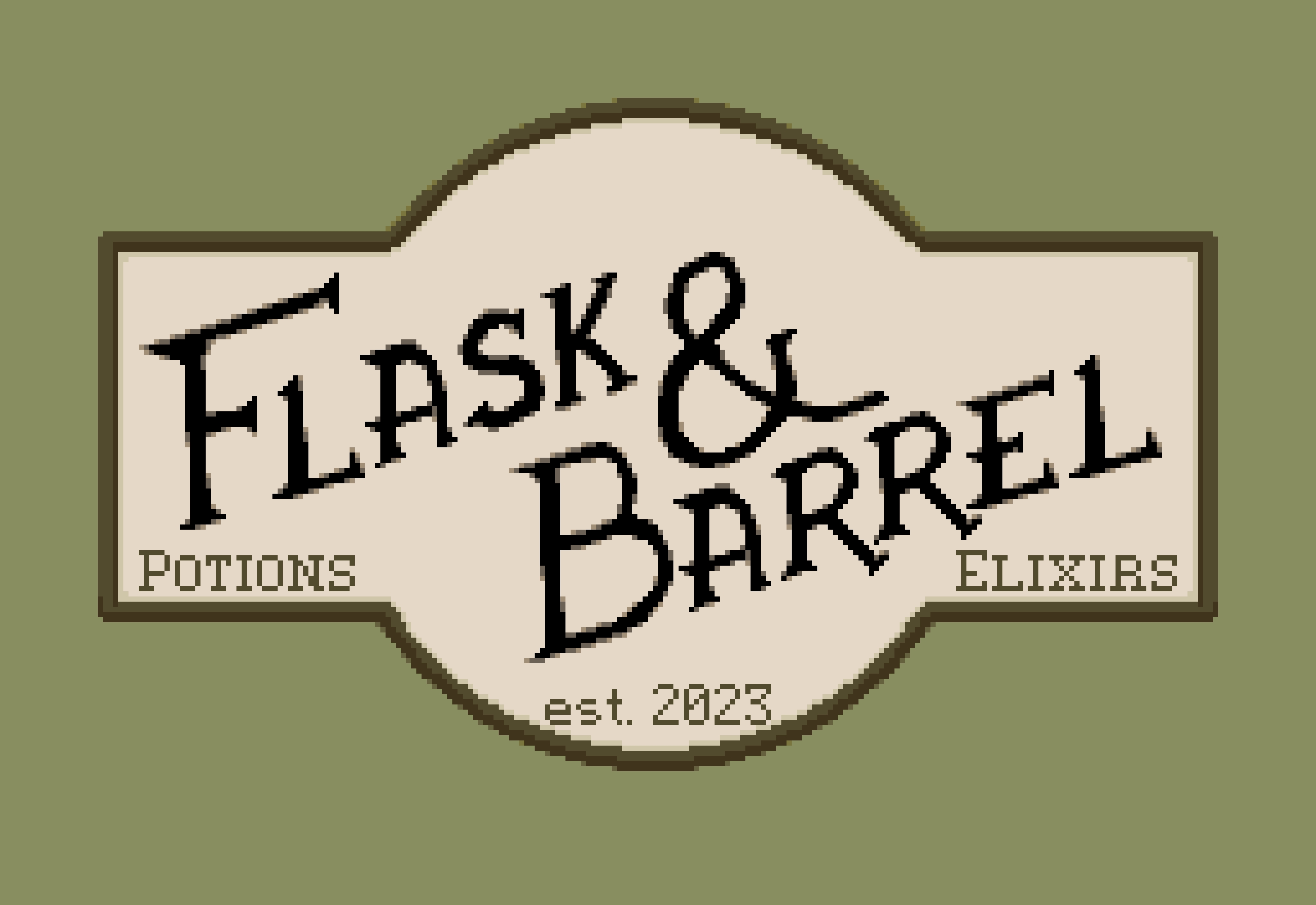Archived from the old blog. Original publish date: March 1, 2021
Hi!
Back again with another post. I said I would try to do these posts about once a month, unfortunately I’ve been traveling quite a lot for work the past several weeks, limiting my time to work on this project. Time constraints aside, I wanted to take this opportunity to show you what I’ve been doing, but also go into some more detail about the game concept and the engine itself.
If you’ve been following my ever changing Trello board you may know what I’ve been up to the past month. In my game, inspired by movies like Kiki’s Delivery Service and Mary and the Witch’s Flower, the player will be able to brew potions, gather ingredients, and sell them to eager customers. Potions in this game are a little more “scientific” than the classic black cauldron filled with green bubbling liquid. In this game, the player will brew the potions in a process more similar to brewing beer or distilling spirits. Using large machines and special ingredients, the local witch must figure out what ingredients play well with each other to create the potion they’re after.
This month, I’ve been working on implementing the basic UI for these brewing machines, as well as getting some art done for them. Sadly there’s not a lot to show yet, so here’s the few screenshots I have for you. All these UI screens are still a work in progress.

This is the tank. Here you mix your base ingredient with water.

This is the Kettle. Here you add your secondary ingredient and choose how long and hot to cook your potions.

This is the Keg. Here you will age your potions to bring them to full effectiveness.
That’s all I have for now. So far all these menus are working(ish).
As I mentioned in my last post, I’ve been working on this engine for about 2 years. About a year ago I started unofficially calling it the PixelEngine, so at this point that’s probably never changing. The engine is written in C# using the MonoGame/XNA library. Having worked with other libraries like LWJGL, MonoGame really is a breeze. I found the standard layout for a MonoGame project a bit lackluster, but then I found Nez. Nez is wonderfully coded. So much so that a lot of the code in the PixelEngine is based off of it, but in the end it was a little heavier than I wanted, and didn’t natively support smooth floating point motion for very low resolution pixel sprites (hence the Pixel in PixelEngine). The PixelEngine supports Tiled tile maps, or should I say it supports all the Tiled features I use. My IDE of choice is Visual Studio, and I use Aseprite for all of my pixel art.
I think that’s all I have for this month, be sure to tune in next month for my next update.
Nick

